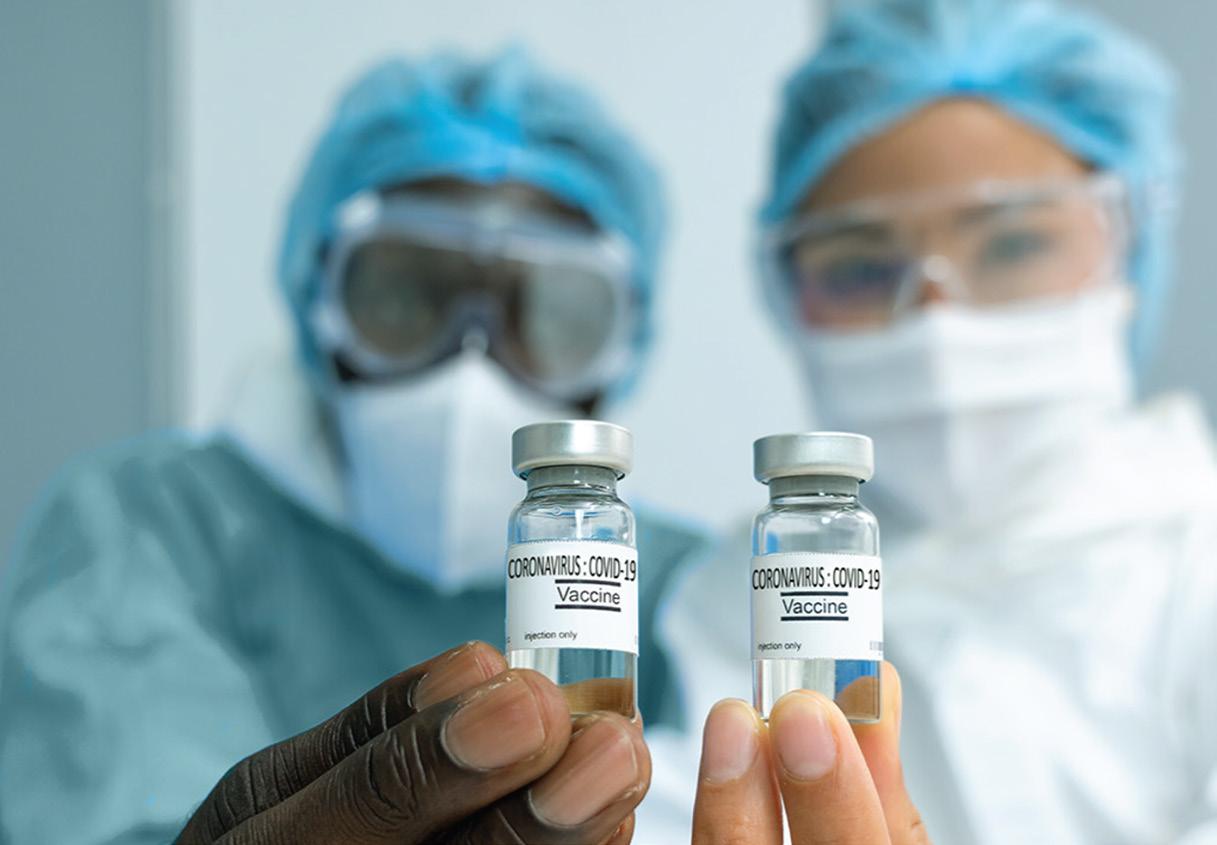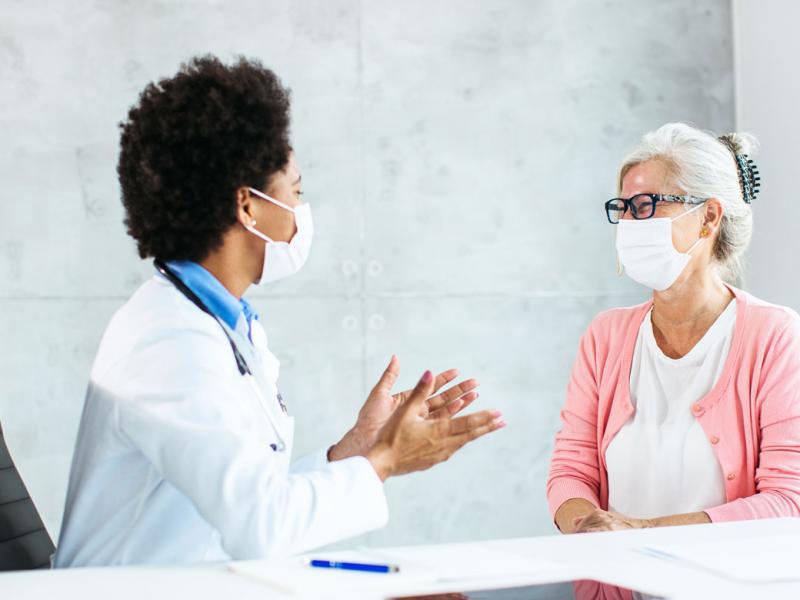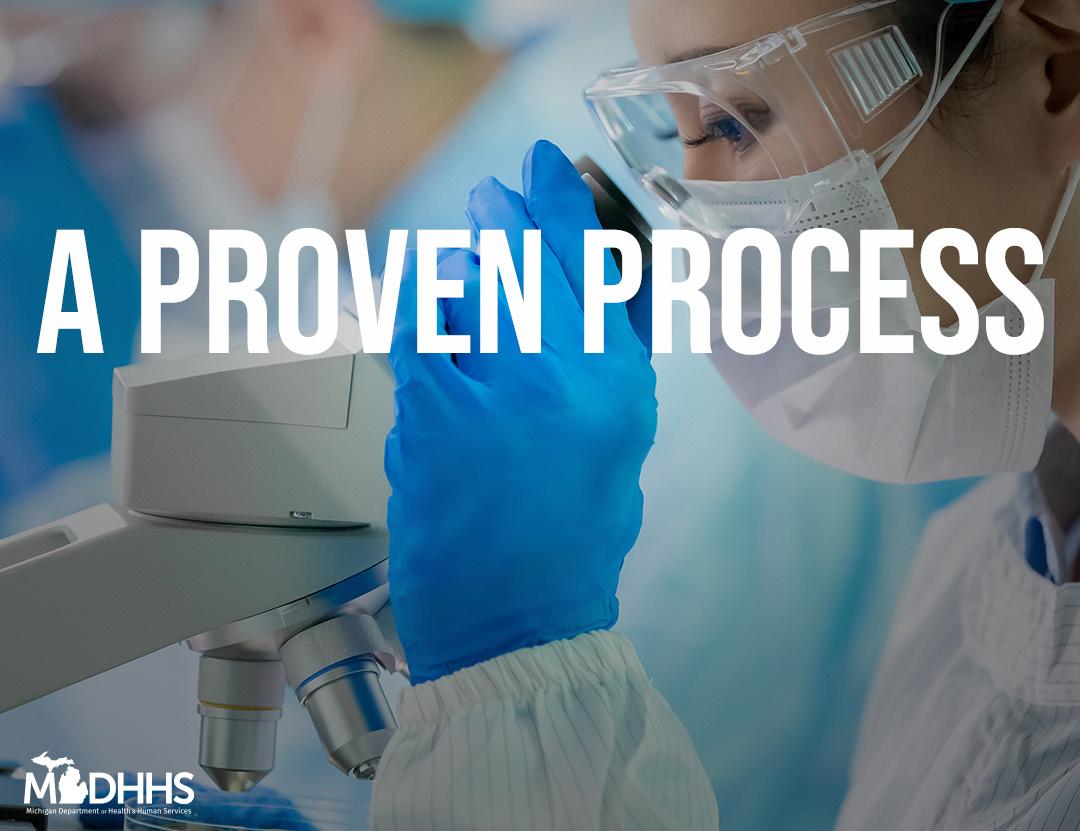MSMS UPDATE
By: Daniel M. Ryan, MD, MSMS Region 2 Director
SAFEHAVEN™ NOW OFFERING MICHIGAN PHYSICIANS & HEALTH CARE PROVIDERS RESOURCES TO MANAGE STRESS AND BURNOUT
New program offers physicians and health care providers with the resources they need to meet the demands of their personal and professional lives. In an effort to better serve and support clinicians struggling with stress, burnout and the effects of COVID-19, the Michigan State Medical Society (MSMS) has launched SafeHaven™, a comprehensive and confidential physician and health care provider well-being program offering clinicians with the resources and support they need to address career fatigue and behavioral health concerns. “Physician burnout has been a growing problem for years now and that’s only been exasperated by the COVID-19 pandemic,” said Kevin McFatridge, chief operating officer of MSMS. “The fact is, we need to do a better job of caring for our physicians, nurses, physician assistants and all health care providers so that they in turn can continue to provide excellent quality care for Michigan’s patients—that’s what SafeHaven™ is all about. Our hope is this new resource will go a long way towards relieving our overly burdened provider community and ultimately help them rediscover the meaning, joy and purpose in practicing medicine.” SafeHaven™, which is implemented in partnership with VITAL WorkLife, provides a host of discreet and confidential set of tools and resources they can access to stay well, avoid burnout, and connect to their purpose without the fear of undue repercussions to their medical license. “Most who work in health care do not see themselves as heroes and don’t do well seeking help for themselves, instead focusing on the needs of others in their care,” said Terri Babineau, MD, CMO of SafeHaven™. “Being only human, health care workers need the opportunity to seek help for mental health reasons without fear of harm to their career. The SafeHaven™ Program offers necessary mental health resources that are truly confidential and actually support health care workers.” SafeHaven™ resources are available to providers and their families and include the following: • In-the-moment telephonic support, available 24/7. • Counseling sessions.
12 Macomb Medicus | April/May/June 2021
• Peer coaching. • Legal and financial consultations and resources, available 24/7. • WorkLife Concierge—a virtual assistant to help with tasks, available 24/7. • VITAL WorkLife App providing mobile access to SafeHaven™ resources. For more information about SafeHaven™, please visit www.MSMS.org/SafeHaven.
TELEHEALTH FROM THE FIELD: CASE STUDY INVOLVING REMOTE MONITORING PROBLEMS Even before the COVID-19 pandemic, the use of remote patient monitoring was expanding. The technologies offer many benefits, but they may also create potential malpractice risks. Consider the following case example and strategies that can help mitigate risks.
Case Example During an annual physical, the physician recommended ambulatory electrocardiography for a patient with a history of prior cardiac arrhythmia. The physician told the patient he would receive the ambulatory monitor by mail and that the package would contain everything he needed. About a week later, the monitoring package arrived. He opened it, read the instructions, and applied the device. After a few hours, the device fell off. He reapplied it multiple times, but the device continued to fall off. After several calls with the device manufacturer, the patient gave up, tucked the device in the box, and mailed it back to the manufacturer. A week later, the patient received a letter from the physician, stating that his monitoring results were normal. The patient—who was surprised to receive these results—followed up. During the discussion, the physician told him that the device manufacturer downloaded and evaluated the results and provided a report that the physician then shared with the patient. The physician was surprised to learn that the patient had not completed the monitoring period and the device had not performed as expected, but the results were still reported as normal. The patient lost confidence in both the physician and remote monitoring technology and did not return to the practice.









